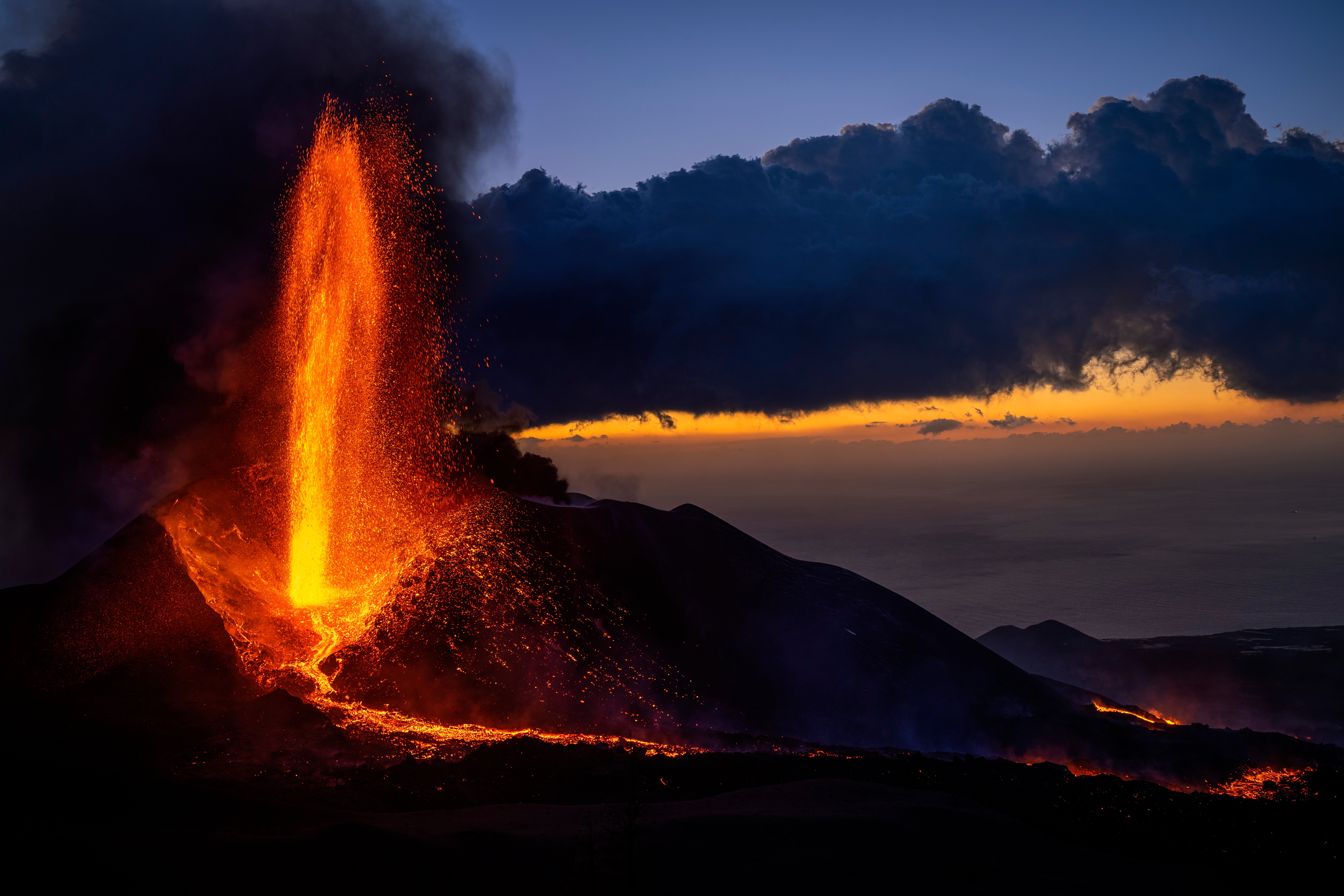Spanish island volcano eruption hits local record of 85 days
A volcanic eruption in Spain’s Canary Islands shows no sign of ending after 85 days

Your support helps us to tell the story
From reproductive rights to climate change to Big Tech, The Independent is on the ground when the story is developing. Whether it's investigating the financials of Elon Musk's pro-Trump PAC or producing our latest documentary, 'The A Word', which shines a light on the American women fighting for reproductive rights, we know how important it is to parse out the facts from the messaging.
At such a critical moment in US history, we need reporters on the ground. Your donation allows us to keep sending journalists to speak to both sides of the story.
The Independent is trusted by Americans across the entire political spectrum. And unlike many other quality news outlets, we choose not to lock Americans out of our reporting and analysis with paywalls. We believe quality journalism should be available to everyone, paid for by those who can afford it.
Your support makes all the difference.A volcanic eruption in Spain’s Canary Islands shows no sign of ending after 85 days, becoming the island of La Palma’s longest eruption on record Sunday.
The eruption has surged and ebbed since it first began spewing lava on Sept. 19. It has since destroyed almost 3,000 local buildings and forced several thousand people to abandon their homes.
On Sunday, after several days of low-level activity, the Cumbre Vieja volcano suddenly sprang to life again, producing loud explosions and blowing a vast cloud of ash high into the sky.
Scientists say volcanic eruptions are unpredictable. Spanish experts had initially said the La Palma eruption could last up to three months.
Mariano Hernández, the island’s senior government official, described the volcano as “stable” in recent days.
“The fact is that all the key indicators have been low,” he told Spanish public broadcaster RTVE. “But the scientists won’t say exactly when it might come to an end.”
He said experts continue to measure the number and magnitude of earthquakes in the area and local sulfur dioxide levels.
From Saturday to Sunday, authorities recorded 24 earthquakes, but none was felt by local people.
Despite the damage, no injuries or deaths have been directly linked to the eruption. Much of the area covered by rivers of lava, which are dumping molten rock into the sea, is farmland.
Life has continued largely as normal on most of La Palma, where a section of the southwestern side is hardest hit.
The volcanic Canary Islands, which are a favorite warm weather vacation site for Europeans, lie off Africa’s northwest coast.